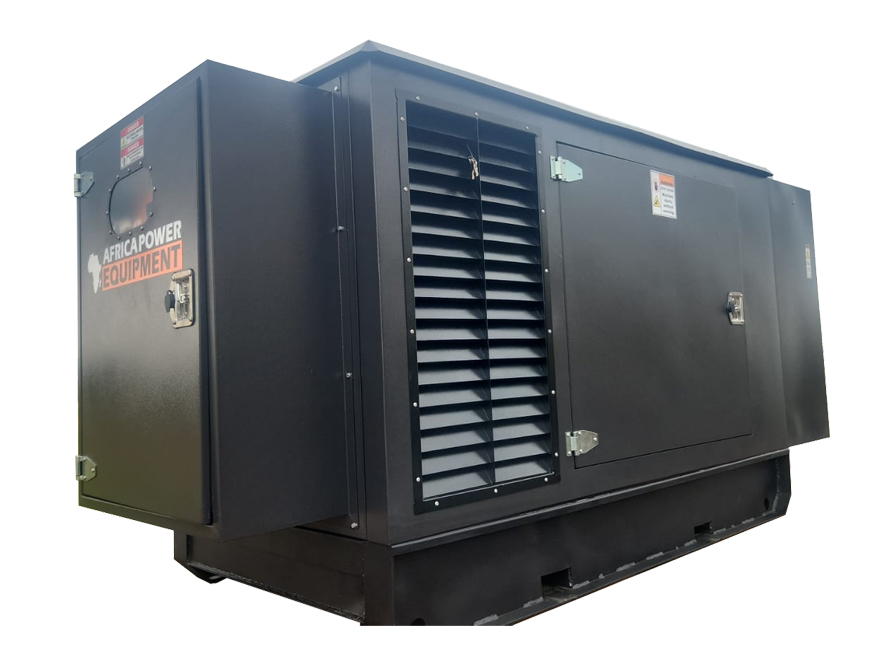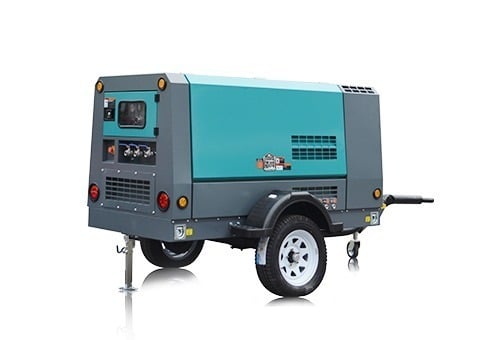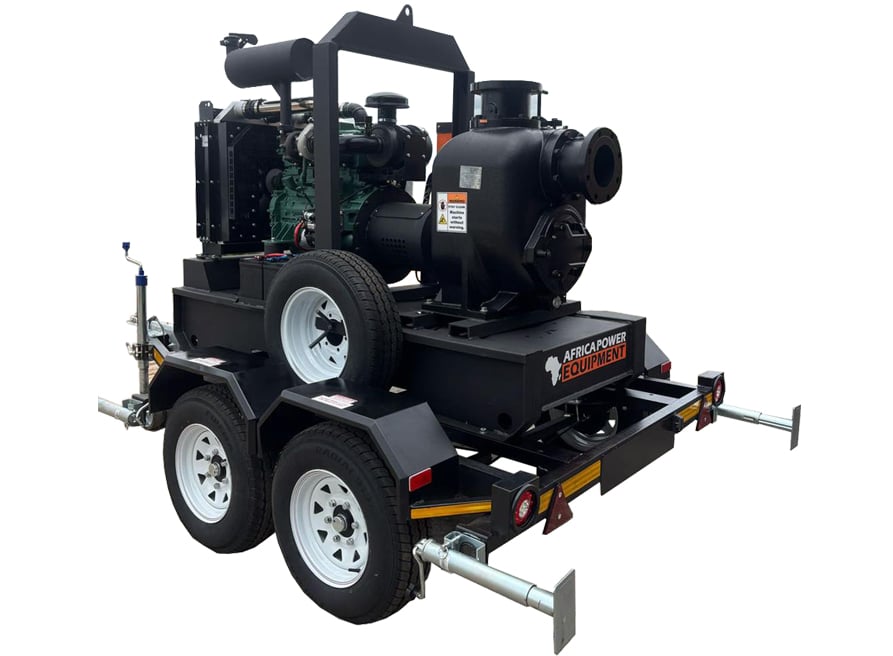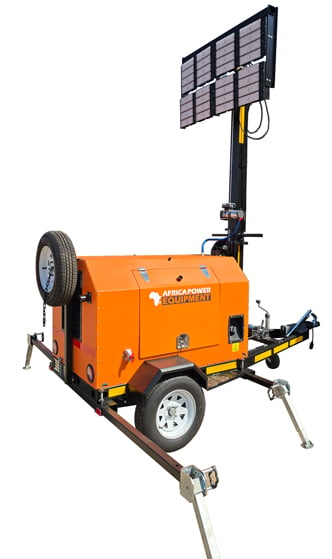Best Water Pumps for Effective Flood Water Removal
Flooding can happen unexpectedly—whether it’s due to heavy rainfall, burst pipes, or rising groundwater. When it does, having the right pump to remove excess water quickly is crucial to prevent property damage and health risks.
In this article, we’ll explore the best pumps for flood water drainage, how they work, what to consider when choosing one, and key maintenance tips for optimal performance.
🌊 Why You Need a Pump for Flood Water Removal
Flood water, especially in basements, garages, construction sites, or crawl spaces, needs to be removed quickly and efficiently. Standing water can cause:
-
Structural damage to walls and floors
-
Mold and mildew buildup
-
Electrical hazards
-
Equipment and inventory loss
🏆 Best Types of Pumps for Draining Flood Water
1. Submersible Pumps
These are the most popular and effective for flood water removal. They are placed directly into the water and can pump out large volumes continuously.
Best for: Basements, crawl spaces, flooded construction sites
Key features:
-
Fully waterproof
-
Can handle dirty or sandy water
-
Often equipped with float switches for auto shut-off
Top tip: Look for models with non-clog impellers and thermoplastic housings for durability.
2. Trash Pumps
Trash pumps are designed to handle dirty water containing solids, debris, mud, or leaves—common in outdoor flood areas.
Best for: Construction sites, flood-prone outdoor areas, farms
Key features:
-
Can pass solids up to 25–50 mm
-
High flow rates (hundreds of litres per minute)
-
Petrol or diesel powered for portability
3. Utility Pumps (Transfer Pumps)
These pumps are good for light-duty water transfer and smaller-scale flooding where water is relatively clean.
Best for: Household water removal, pools, water tanks
Key features:
-
Portable and easy to use
-
Electric powered
-
Typically limited in lifting height and volume
4. Diaphragm Pumps
These rugged pumps use air pressure to move water and are ideal for muddy or slurry water. They are self-priming and less prone to clogging.
Best for: Industrial sites, deep flood zones, and heavy sediment
Key features:
-
Can run dry without damage
-
Handles viscous fluids and sludge
-
Often used in construction or mining
🔍 What to Consider When Choosing a Flood Water Pump
| Factor | Why It Matters |
|---|---|
| Flow rate (L/min) | Determines how quickly water is removed |
| Solids handling | Essential for dirty or debris-laden flood water |
| Power source | Choose between electric, petrol, or diesel depending on availability |
| Portability | Important for emergency or mobile operations |
| Durability | Rugged housing and seals are critical for reliability in harsh environments |
💡 Recommended Features to Look For
-
Auto shut-off float switch (prevents dry running)
-
Thermal overload protection
-
Corrosion-resistant materials (especially for prolonged use)
-
Reinforced hose fittings for high-pressure output
📦 Popular Models in South Africa
-
Honda WB20XT – Versatile trash pump for flood zones
-
Tsurumi HS2.4S – Submersible pump known for durability
-
Pedrollo Top Vortex – Good for domestic use
-
Hyundai HYT80 – Powerful petrol trash pump for outdoor work
💬 Contact PowerEquipment.co.za for expert pump recommendations based on your flood zone.
🛠 Maintenance Tips for Flood Pumps
-
Flush after each use to prevent clogging
-
Inspect hoses and fittings regularly
-
Store in a dry, safe place after cleaning
-
Service engine (for petrol/diesel models) annually
🔗 Internal Linking Opportunities
🧠 Pro Tip
Always assess the type of flood water (clean, dirty, muddy) before choosing your pump—using the wrong type may result in clogging or motor burnout.
Be ready for unexpected flooding.
👉 Browse flood-ready water pumps at www.PowerEquipment.co.za





